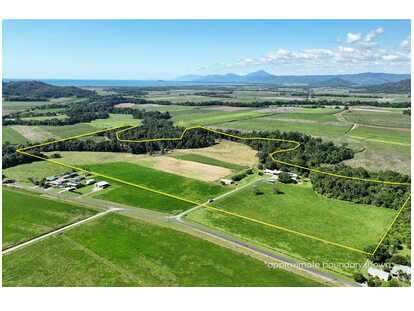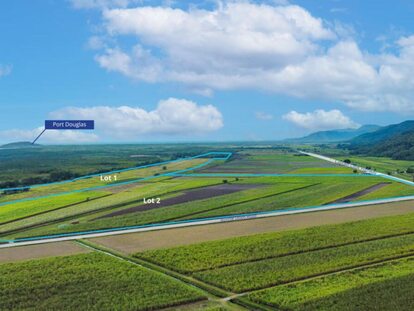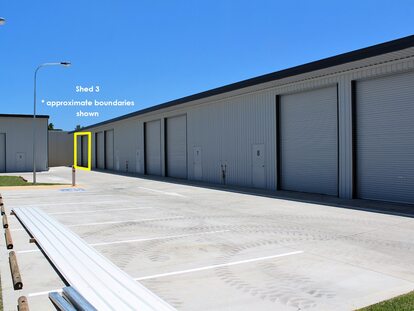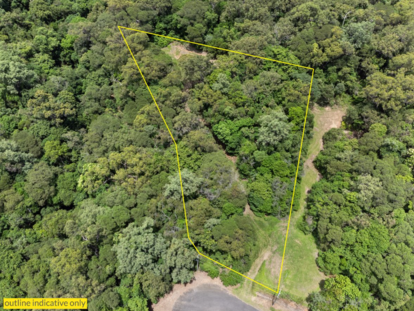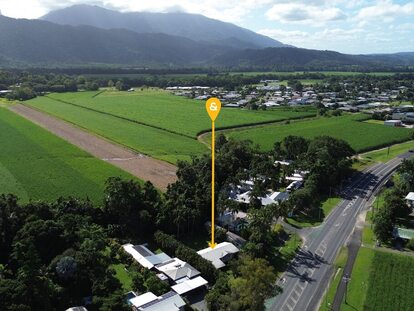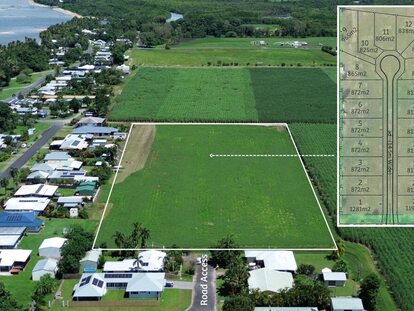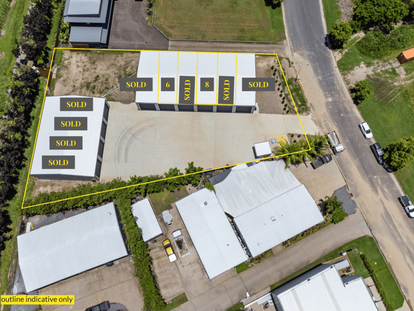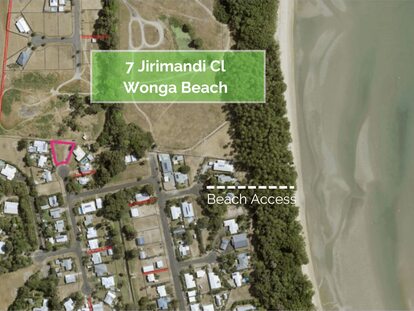Opinion: Tick, tick, boom. Or drop the Nats
Opinion
The rusted-ons are dying off. The Victorian election last Saturday confirmed the trend of the May 21 Federal election. It is a simmering and little-understood time bomb which will go off before too long.
The major-party vote continues to trickle away as mainly women and younger people take their vote elsewhere because their values have changed. Before long some major realignment seems inevitable.
Do not be fooled by the overall seat result in Victoria. The Greens gained only one seat and the teals went nowhere in seat numbers. But their vote share in critical electorates remained highly competitive. The reason is the failure of the Liberal Party.
Here is a stark fact. Only one Liberal Party candidate in the Victorian election got more than 50 per cent of the first-preference vote.
The underlying problem for the Liberal Party is its coalition with the Nationals. Once they were part of Coalition’s strength. But for nearly two decades the Liberals are paying dearly because the Nationals, in the joint party room, are dictating policies that are toxic to younger, more educated and socially progressive voters in the cities.
For a long time, the Nationals got the best of three worlds: high electoral support in rural areas; the policies they wanted; and ministries in the Government.
That is now unravelling. The ministries have gone for a start, and for a long time. The policies are coming under threat as many in the Liberal Party see they have little hope of getting government federally or in Victoria while the Nationals are (to use a rural metaphor) lead in the saddlebags.
All the Nationals have left is their seat-winning rural base. In the Victorian election six National candidates got more than 50 per cent of the primary vote (the same as Labor). All six sitting Nationals were returned and the Nationals won three more seats.
You would think that that was a success story. Just like the Nationals retaining all seats federally in May. It is a success for the Nationals, but it is existentially threatening for the conservative side of politics. As climate, integrity, inclusion, and government services replaced balanced budgets; regional boondoggle spending; and national security as the major issues for voters, the Coalition could not adapt because of the intransigence of the Nationals.
On its own, the Liberal Party could have. Sure, the Liberals have their share of far-right nuts, but without the Nationals, those would be a minority in the party room and could be over-ridden.
On the other hand, Labor’s political stablemates – the Greens – are nowhere near as dangerous to Labor. Sure, the Liberals try to say that a vote for Labor is a vote for economically destructive Greens policies. But clearly it is not working.
However, when voters actually see National Party policies on climate; inclusion; and pandering to mining and big agriculture become the formal policy of the Coalition, whether in government or opposition, they are repelled. They go elsewhere and take their preferences with them.
The result in Victoria was the Liberals’ worse primary vote in Victoria for 70 years – at 29 per cent. Add in the Nationals are you get 35 per cent of the primary vote for the Coalition, but it delivered just 37 per cent of the seats.
Labor’s 32.6 per cent of the vote, on the other hand, delivered a tad over 60 per cent of the seats.
Labor copped a 5.8 per cent swing of its primary vote away from it. It could have been disastrous. However, it wasn’t because nearly all that vote came back in Greens preferences.
This pattern of fewer primary votes resulting in a higher percentage of the seats for Labor, is a repeat of what happened federally in May. In 2019 Labor federally got 33.3 per cent of the first-preference vote and won 68 seats or 45 per cent of the seats. In 2022 its 32.6 per cent (lower than 2019) of the vote got it 77 seats or 51 per cent of the seats (higher than in 2019).
The drift of Labor’s primary vote is causing no damage, at least for now. But the drift of Liberal primary vote has been lethal.
The message of 21 May federally and Saturday’s vote in Victoria should be obvious to Liberals. Ditch the Nationals and move to the centre.
What! Give up those precious National Party seats? No. The National Party will still get its rural rump seats in the hinterland, at least in the medium term. So what? They would still support a Liberal Government over a Labor one. Moreover, the old National demographic is dying out and being diluted by tree-changers and more environmentally savvy farmers.
This voter swing away from the major parties is not going away. In all, on Saturday, only 13 candidates in 88 seats got more than 50 per cent of the first-preference vote. That is, more than 85 per cent of seats went to preferences.
At the Federal election only 15 candidates in 151 seats got more than 50 per cent of the vote. More than 90 per cent of seats went to preferences.
At present, the primary vote percentage for Labor in the mid-30s is resulting in percentage seats in the low 50s. And votes for “others” in the high 20s result in seats in the teens or less.
It seems highly undemocratic. But don’t get me wrong. This is not to say the system is unfair. Far from it. Preferential and compulsory voting are systemically democratic and ensure that, with few exceptions, the will of the voters translates into a government that most prefer – unlike in Britain and the US which have “elected” governments and presidents that a majority do not want at more than half the elections in the past 40 years.
We don’t know whether the drift from the majors is a temporary moulting or a haemorrhaging that cannot be stemmed.
Of course, that will depend on the behaviour of those major parties. At the moment they are in a bind, or a Catch 22. The cost of election campaigns drives them to seek as much money from donors as they can, so they do not want to stop corporate donations.
But while ever they take corporate donations, they become beholden to corporations and propose policies accordingly. Those policies are alienating a lot of voters driving down the major parties’ primary vote and driving up the vote of others.
This time bomb will likely change the face of Australian politics unless the two major parties stop pandering to their donors and look to the interests of Australians more broadly, and broaden their donation and membership base.
This article first appeared in The Canberra Times and other Australian media on 29 November 2022.
Thank you!
Newsport thanks its advertising partners for their support in the delivery of daily community news to the Douglas Shire. Public interest journalism is a fundamental part of every community.
Got a news tip? Let us know! Send your news tips or submit a letter to the editor here.
* Comments are the opinions of readers and do not represent the views of Newsport, its staff or affiliates. Reader comments on Newsport are moderated before publication to promote valuable, civil, and healthy community debate. Visit our comment guidelines if your comment has not been approved for publication.































